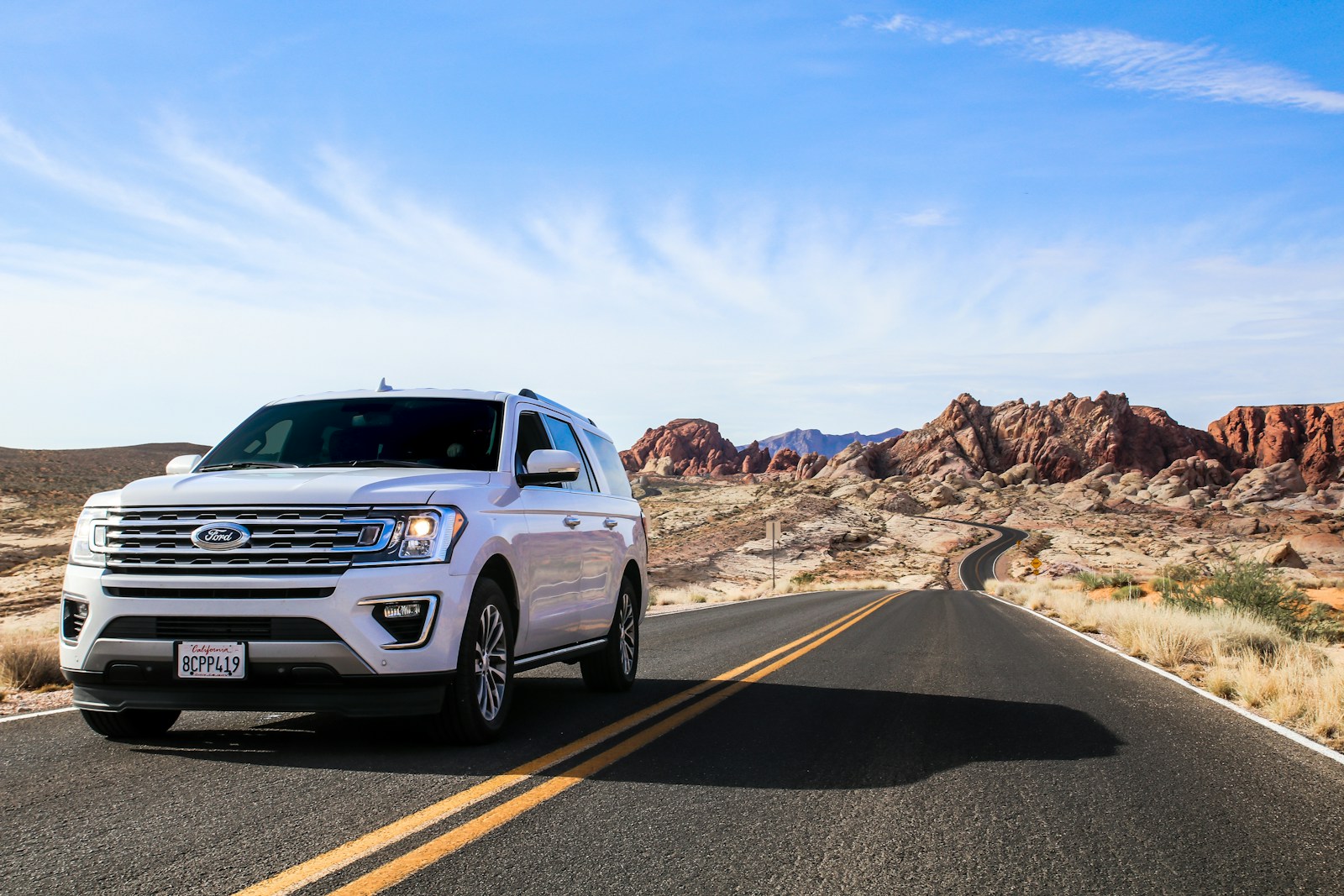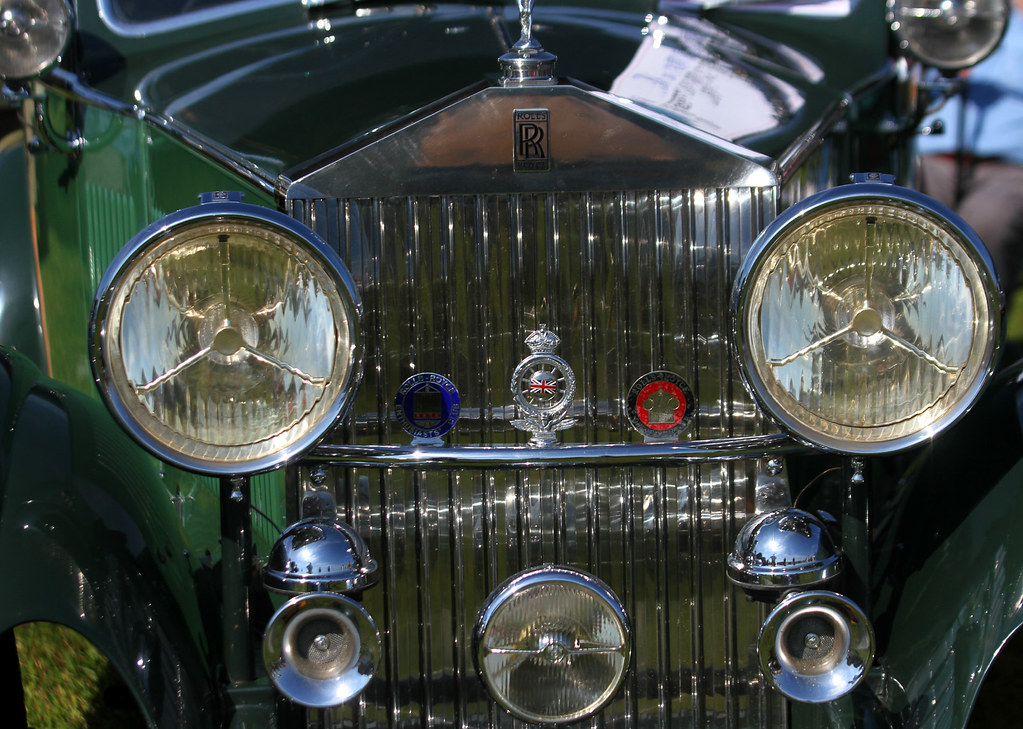
Alright, let’s talk cars. For many of us, buying a new vehicle, especially a shiny new SUV, feels like a major milestone—a symbol of freedom, family, and maybe even a little bit of success. In 2024, the average American household shells out approximately $47,000 on a new SUV, making it one of the most significant investments many of us make. It’s a big decision, and naturally, we want to get it right.
But here’s the thing: those glossy advertisements and slick marketing campaigns? They often paint a picture that doesn’t quite match reality. Beneath the surface of powerful engines, spacious interiors, and fancy tech, serious mechanical issues, nagging design flaws, and reliability concerns can lurk. These hidden problems can quickly turn your dream ride into a costly burden, draining your bank account long after you’ve driven off the lot.
That’s where this guide comes in! We’re diving deep to reveal the often-overlooked downsides of several popular SUV models. We’re talking everything from notorious transmission failures and frustrating electrical glitches to eye-watering depreciation rates and subpar safety scores. Our goal is to arm potential buyers like you with the crucial, honest information needed to make truly informed decisions and avoid turning what should be an exciting purchase into a financial nightmare. Let’s dig into some of these notorious money pits.

1. **Nissan Armada: Power at a Price**: The 2024 Nissan Armada certainly knows how to make an entrance. It positions itself as a powerful full-size SUV, boasting a robust 400-horsepower V8 engine that promises exhilarating performance and capability. You might see that impressive spec sheet and think you’re getting a lot of bang for your buck, especially if you’re looking for sheer muscle in an SUV.
However, this potent powertrain comes with some significant drawbacks that really start to hit your wallet. In an era where gas prices are constantly fluctuating, the Armada’s notoriously poor fuel efficiency becomes a major pain point. It makes this vehicle incredibly expensive to operate on a daily basis, turning every trip to the pump into a cringe-worthy experience.
Beyond the fuel guzzling, step inside the Armada and you might feel like you’ve taken a trip back in time. While the interior is undeniably spacious, it suffers from outdated design elements and surprisingly poor space utilization, especially compared to its more modern rivals. The infotainment system is also far from intuitive, lacking the seamless, user-friendly features seen in newer competitors.
And when it comes to practicality, the Armada falls short there too. The third-row seating, despite the vehicle’s large footprint, isn’t as accommodating as you might hope, and the overall cargo space is rather limited for a full-size SUV. All these factors combined make it genuinely difficult to justify its premium price when you consider the ongoing operational costs and the lack of contemporary refinement.
2. **Ford Expedition: Reliability Concerns**: For years, the Ford Expedition has been a go-to choice for families needing a large, capable, and supposedly reliable full-size SUV. Its reputation as a family-friendly hauler has been well-earned, offering ample space for passengers and cargo. Many buyers are drawn to its utility and the Ford badge, expecting a dependable workhorse.
But here’s the rub: that reputation is increasingly being undermined by a host of reliability issues that can quickly turn a family road trip into a financial headache. One of the most common and expensive problems reported by owners involves the transmission. These transmission woes aren’t just minor glitches; repair bills for these issues often exceed a staggering $6,200, which can be a truly devastating blow for potential buyers on a budget.
Adding to the woes, the Expedition features innovative aluminum body panels designed to save weight. While a clever engineering move, these panels have unfortunately led to widespread issues with paint peeling and bubbling. Imagine your relatively new SUV starting to look like it’s years older than it is, simply due to a design flaw that makes it look unsightly and hurts resale value.
Furthermore, while the Expedition’s sheer size offers undeniable space, it can be incredibly impractical to navigate and park in urban environments. Its high initial purchase price, coupled with substantial depreciation over time and the ongoing maintenance costs associated with its reliability issues, makes it a highly questionable investment for many families. It’s a vehicle that demands a lot, both upfront and in the long run.
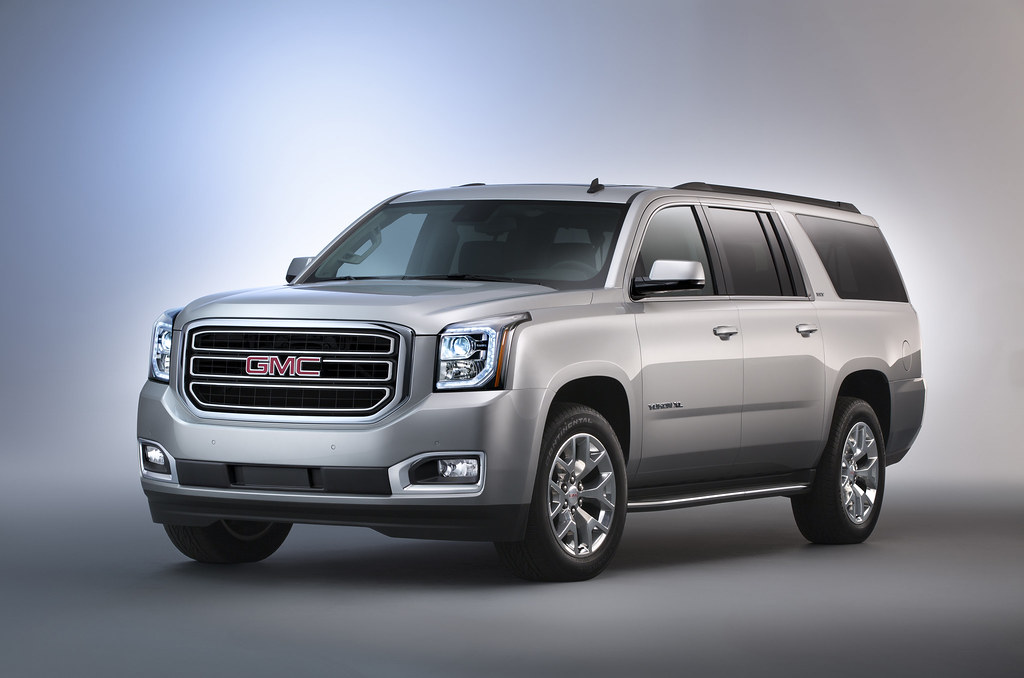
3. **GMC Yukon XL: Premium at a High Cost**: The GMC Yukon XL is marketed squarely as a luxury SUV, promising a premium experience with its commanding presence and upscale features. It certainly looks the part, exuding an air of sophistication and capability that draws in buyers looking for comfort and status. When you see it, you think of road trips in comfort and style.
However, this luxury comes with a rather staggering cost of ownership that should give any potential buyer pause. Over a mere five years, owners can realistically expect to shell out an incredible $92,343. This eye-watering figure isn’t just about the initial purchase; it includes a significant depreciation hit of $45,316, alongside exceptionally high fuel costs that just keep climbing.
Let’s talk about fuel efficiency, or rather, the distinct lack thereof. With efficiency ratings hovering around just 16-17 MPG, the Yukon XL’s running costs are nothing short of substantial. This makes it a genuinely impractical choice for anyone who values economy or simply wants to keep their monthly expenses in check, especially with today’s volatile gas prices.
While the Yukon XL undoubtedly offers an abundance of space—perfect for large families or hauling serious gear—its hefty financial implications make it incredibly hard to justify. When you look at the market, there are so many more fuel-efficient and cost-effective alternatives available that can offer similar levels of space and utility without demanding such a massive financial commitment. It’s a luxury that truly empties the wallet.
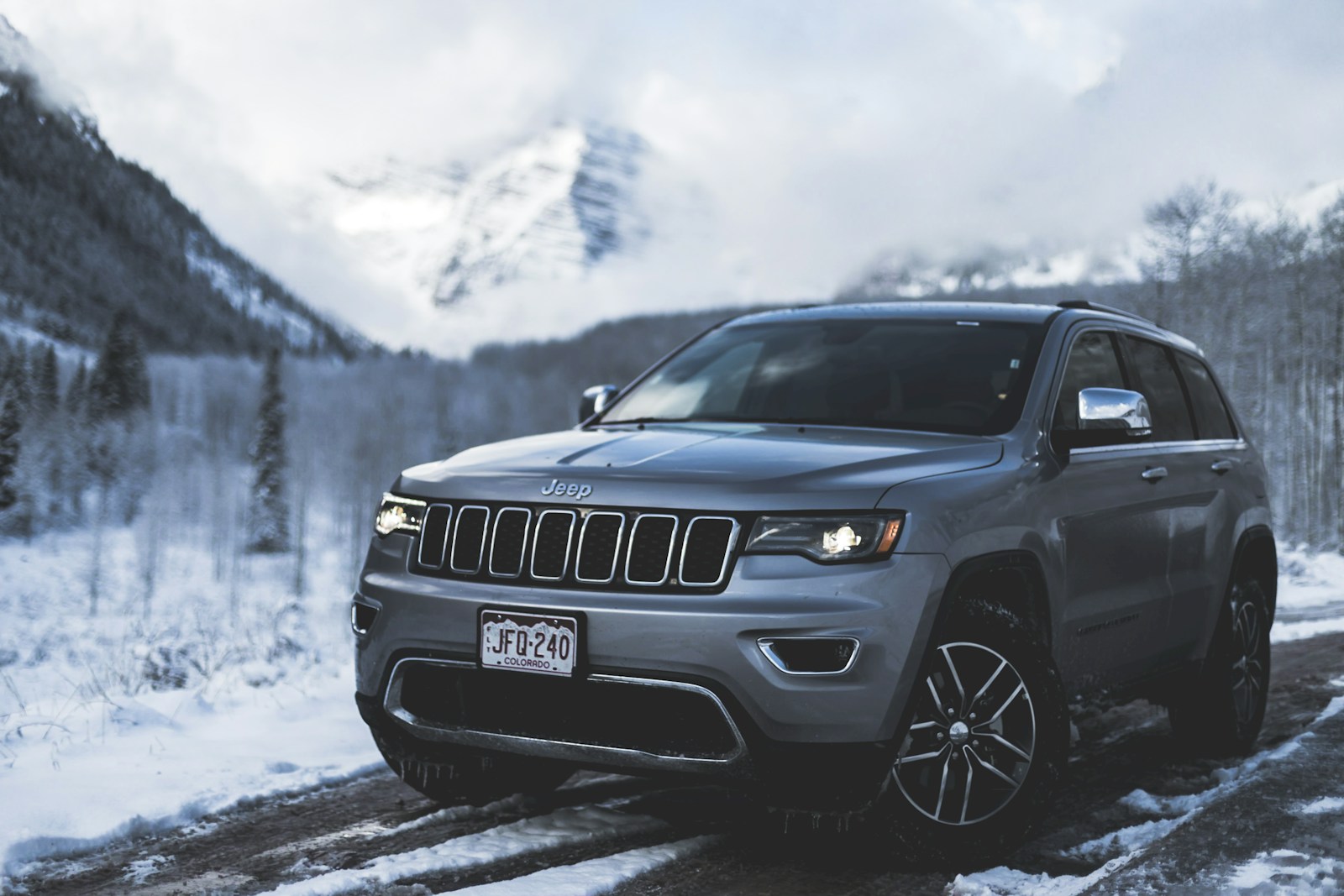
4. **Jeep Grand Cherokee: Off-Roading with High Costs**: The Jeep Grand Cherokee has long been a darling of the SUV world, celebrated for its rugged good looks and its marketing as a capable off-roading vehicle. It conjures images of adventure and conquering rough terrain, appealing to those who want both daily comfort and weekend escapades. It seems like the best of both worlds, right?
But before you gear up for your next wilderness expedition, it’s crucial to examine its high cost of ownership, which raises serious questions about its overall value proposition. The total cost of ownership over five years is a hefty $70,241, a figure that includes significant depreciation, continuous fuel expenses, and often higher-than-expected maintenance bills.
Adding insult to injury, the 2024 model has seen a substantial price increase. To make matters worse, some standard features, like the beloved Quadra-Trac II system, have been removed. This combination of higher prices and fewer features makes the vehicle a far less attractive option for savvy potential buyers who expect more value for their money.
Reliability is another dark cloud hanging over the Grand Cherokee. Owners frequently report concerns, including vexing electrical problems and sudden engine stalling, which are not only inconvenient but can also be serious safety hazards. While the interior might appear upscale and inviting at first glance, the actual build quality often falls short of expectations, and excessive road noise tends to spoil any illusion of a premium, serene driving experience. It’s a capable machine, but that capability comes at a steep, often hidden, price.
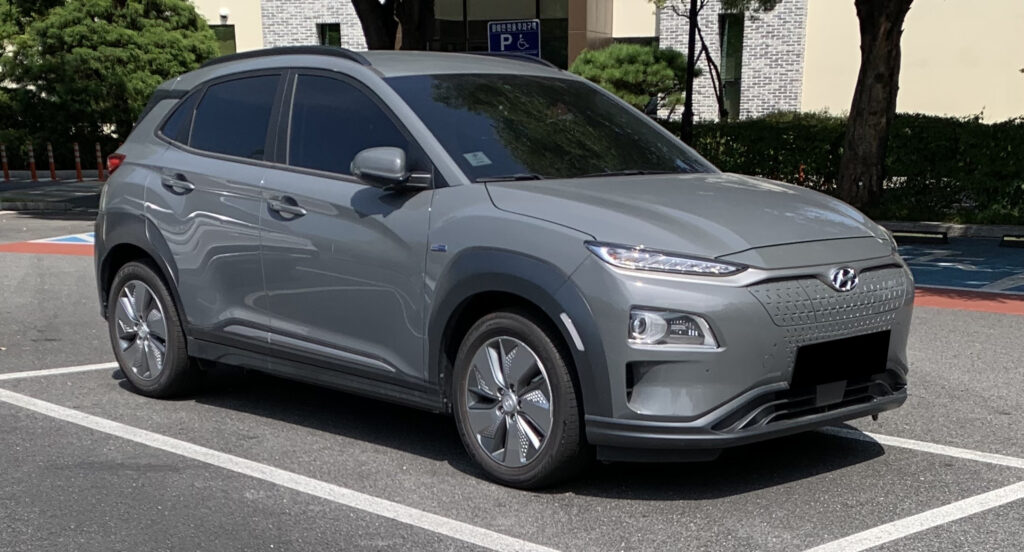
5. **Hyundai Kona EV: Practicality Issues**: In the rapidly expanding electric vehicle market, the 2024 Hyundai Kona EV initially looks like a compelling contender, particularly with its competitive pricing. It offers an attractive entry point into the EV world, promising eco-friendly commuting and modern technology. For many, it’s a tempting proposition for sustainable urban living.
However, before you jump on the electric bandwagon with the Kona EV, its practical limitations are simply too significant to ignore. One of the most common complaints revolves around comfort: road and wind noise intrusion is considerable, creating an undeniably uncomfortable and fatiguing driving experience, especially on longer journeys. It’s not the quiet, serene EV ride you might be hoping for.
Adding to the discomfort, the suspension tuning in particular leads to poor handling and a noticeably jarring ride when encountering uneven roads. This means that while it’s an EV, the driving dynamics can often feel less refined and less enjoyable than many of its gasoline-powered or electric competitors. It’s simply not as smooth as it should be.
And for an electric vehicle, real-world efficiency is paramount, but the Kona EV often falls short of its EPA estimates, achieving only 25 mpg equivalent in testing. Couple this with its somewhat compromised interior space, and the Kona EV becomes less practical than expected for an electric SUV, especially when you consider the burgeoning competition in the market. It might be cheap to buy, but its daily compromises make it an expensive inconvenience.
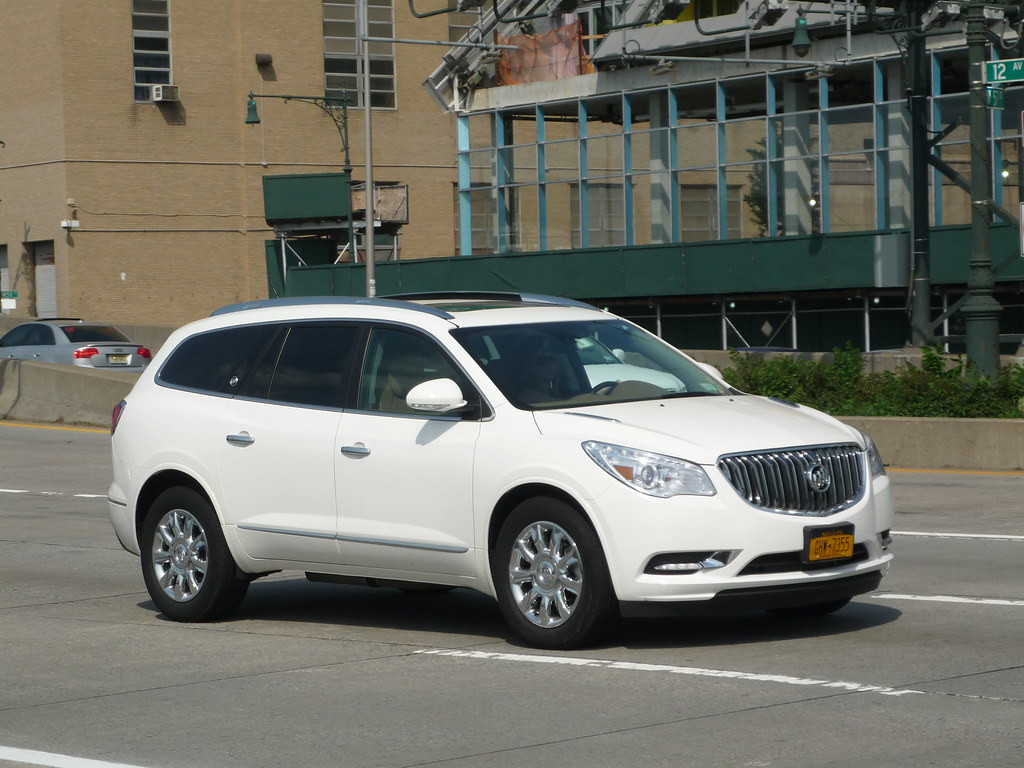
6. **Buick Enclave: Lack of Refinement**: The Buick Enclave positions itself squarely within the premium SUV segment, aiming to offer a taste of luxury without the top-tier price tag of some European rivals. With a starting price of $43,900, it seems like an accessible step into the world of upscale motoring. It promises comfort, space, and a touch of class.
However, the Enclave struggles with a number of shortcomings that significantly diminish its overall value proposition. Despite its base price, many advanced safety features that you’d expect in a ‘premium’ vehicle are frustratingly restricted to higher, more expensive trim levels. This forces buyers to spend even more, pushing the final cost much higher than initially anticipated to get what feels like a complete package.
Then there’s the interior experience. While spacious, the materials used often fail to impress, lacking the genuine sophistication and tactile quality expected of a truly luxury vehicle. It feels more like a dressed-up mainstream SUV than a bona fide premium offering, which can be a real letdown after the initial excitement wears off.
Furthermore, the Enclave’s fuel efficiency is consistently below par for its class, adding yet another layer to the long-term cost of ownership. Combine this with uninspiring driving dynamics and a general lack of refinement in its ride and handling, and the Enclave begins to feel like it’s more about trading on the Buick badge’s perceived prestige than delivering actual luxury, quality, or a smart financial choice. It’s a premium vehicle that often delivers a less-than-premium experience.
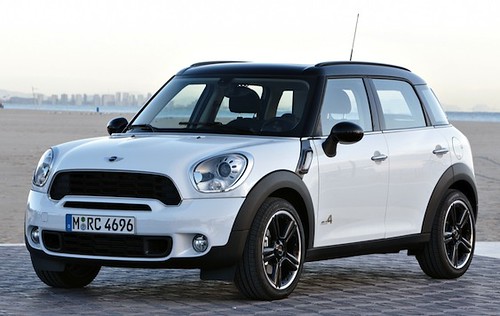
7. **MINI Countryman: Style Over Comfort**: The MINI Countryman certainly knows how to turn heads. It’s renowned for its distinctive, quirky styling and often-engaging driving dynamics, offering a fun and unique alternative in a sea of more conservative SUVs. For those who prioritize personality and a spirited ride, the Countryman often looks like the perfect blend of practical utility and British charm.
The MINI Countryman certainly knows how to turn heads. It’s renowned for its distinctive, quirky styling and often-engaging driving dynamics, offering a fun and unique alternative in a sea of more conservative SUVs. For those who prioritize personality and a spirited ride, the Countryman often looks like the perfect blend of practical utility and British charm.
But while its style is undeniable, some significant design flaws unfortunately impact both comfort and usability, making it a less-than-ideal long-term companion. For instance, many drivers find the offset steering wheel and limited reach adjustment make it incredibly difficult to achieve a truly comfortable driving position, especially during extended road trips. It’s a constant battle for ergonomic bliss.
Furthermore, upon closer inspection, the interior quality often falls short of what buyers might expect, particularly given the MINI brand’s premium leanings. Hard plastics are used throughout the cabin, detracting from the overall tactile experience and making it feel less upscale than its price tag suggests. It’s a disappointment when you’re looking for that premium feel.
And let’s not forget about practicality. The high load lip can complicate cargo loading, turning simple tasks into awkward maneuvers. Moreover, space utilization within the cabin is surprisingly poor for a vehicle in this segment, meaning it doesn’t make the most of its compact footprint. While the Countryman definitely appeals to those seeking a fun and unique driving experience, these practical shortcomings often make it a less suitable and more frustrating choice for daily use, ultimately impacting its long-term value and your satisfaction.
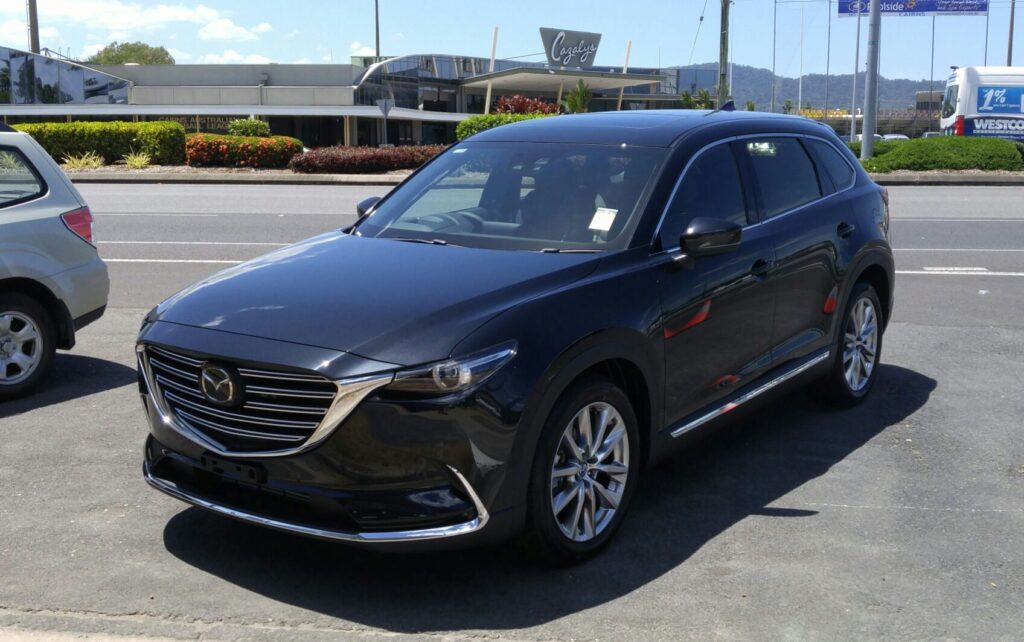
8. **Mazda CX-9: Near-Luxury, Limited Practicality**: The Mazda CX-9 has always aimed high, aspiring to deliver a near-luxury experience with its sophisticated styling and engaging driving dynamics. It stands out in the crowded SUV market for those who appreciate a more driver-focused approach, earning praise for its elegant interior and refined road manners. It truly feels like a step above many direct competitors, offering a blend of sportiness and family utility.
Yet, despite its upscale ambitions, the CX-9 faces significant practical limitations, making it a less-than-ideal family hauler. While its maintenance costs are generally below average, there’s still a “high likelihood of requiring major repairs during its lifetime,” according to the context. This means substantial repair bills could be lurking, undermining its long-term financial appeal.
One of the biggest practical drawbacks lies in its third-row seating. Despite being a three-row SUV, the CX-9’s rearmost seats are “nearly unusable for adults,” severely limiting its utility for larger families or regular transport of more than just small children. This compromises its versatility compared to rivals with genuinely accommodating third rows.
Adding to its woes, the CX-9’s fuel efficiency often disappoints, with real-world consumption frequently falling short of EPA estimates. This leads to unexpected expenses at the pump. Combined with “limited cargo space behind the third row,” the CX-9’s overall functionality is significantly compromised. It looks great and drives well, but its real-world utility often leaves much to be desired.
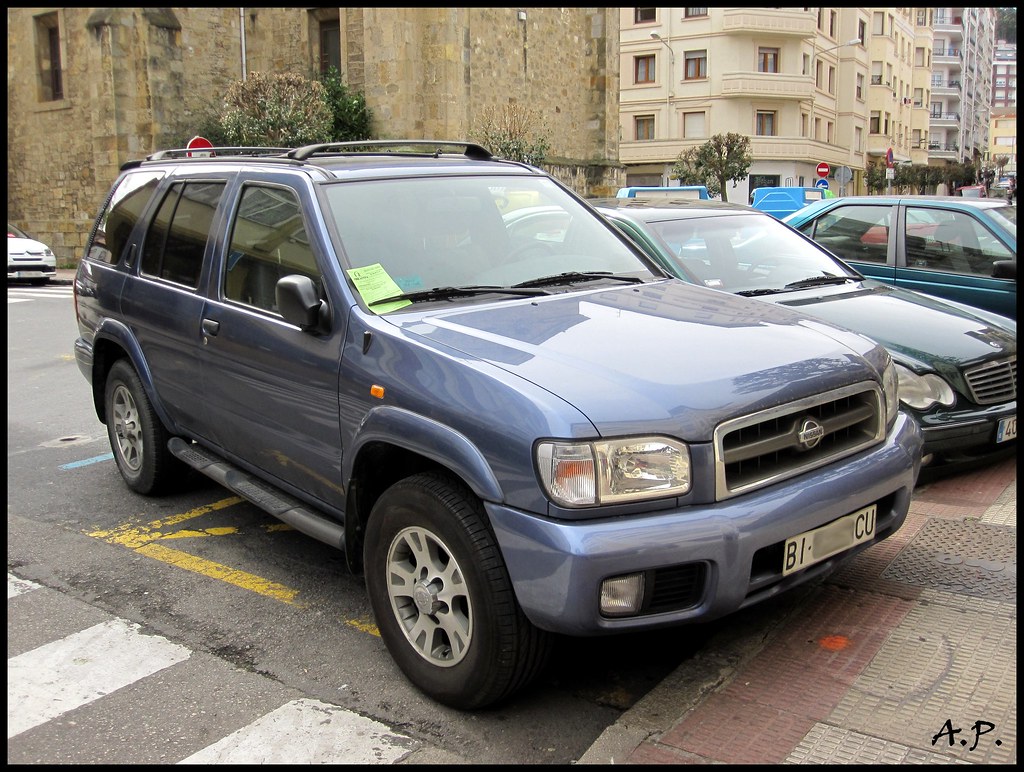
9. **Nissan Pathfinder: A Legacy of Headaches**: The Nissan Pathfinder has a long history, a nameplate evoking images of rugged exploration and family adventures. Over the years, it has tried to adapt to changing consumer preferences, evolving from a traditional SUV to a more crossover-like vehicle. Many buyers are drawn to its reputation and the promise of a dependable, capable family vehicle.
However, the Pathfinder has, unfortunately, been “plagued by reliability problems across multiple generations,” making it a consistently risky choice. Owners have frequently reported a litany of issues, including notorious “transmission failures, engine stalling, and navigation system malfunctions.” These are serious mechanical and electrical problems that can severely impact safety and require costly interventions.
Earlier models, specifically from “2013-2016,” were infamous for “premature wear on timing chain guides,” often resulting in alarming engine noise and expensive repairs. And issues haven’t disappeared with newer generations; more recent models continue to battle “fuel system problems,” including “faulty fuel pumps and start/stop system failures,” indicating a persistent struggle with fundamental engineering reliability.
Beyond the mechanical woes, the Pathfinder’s interior often “lacks refinement compared to competitors,” making for a less comfortable and upscale experience. Its fuel efficiency is also “subpar,” adding to operational costs. With “repair costs averaging between $4,000 and $4,600 for transmission issues alone,” the Nissan Pathfinder remains a risky choice for anyone seeking a dependable and financially sensible SUV. It consistently demands more than it gives in the long run.
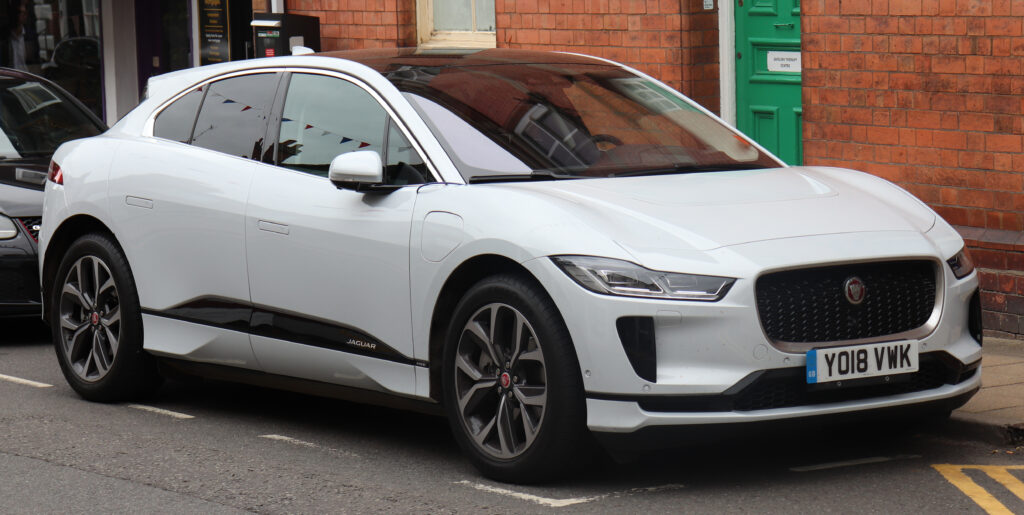
10. **Jaguar I-PACE: The Electric Dream That Turns into a Depreciation Nightmare**: When the Jaguar I-PACE first hit the market, it was heralded as a stylish, performance-oriented electric SUV, a direct challenger to Tesla and a testament to luxury electrification. Its sleek design, sophisticated interior, and spirited driving dynamics promised an exhilarating and eco-conscious driving experience. For many, it represented the future of luxury motoring, a truly aspirational vehicle.
However, for all its futuristic appeal and initial allure, the I-PACE quickly proves to be one of the worst financial decisions in the electric vehicle market, primarily due to its staggering depreciation. According to iSeeCars, the Jaguar I-PACE loses an astounding “72.2% of its value” after just five years, which translates to an average dollar difference of “$51,953” from its original MSRP. This makes it the vehicle with the highest depreciation rate among all cars analyzed.
Imagine buying a brand-new, high-tech electric SUV, only for it to shed nearly three-quarters of its value in half a decade. This rapid value erosion is a stark reminder that not all electric vehicles retain their worth equally. While the I-PACE offers a premium badge and impressive performance, the used car market simply doesn’t prioritize these traits to the same degree, leading to higher depreciation compared to mainstream models.
The “electric dream” it promises often turns into a genuine “depreciation nightmare.” While it might offer an incredible driving experience and a guilt-free commute, the sheer amount of money lost in depreciation makes the Jaguar I-PACE a remarkably poor investment. It’s a beautiful machine, no doubt, but one that comes with a very heavy financial cost beyond the initial purchase.
A deep dive into more vehicles that, despite their initial appeal, often turn into significant financial burdens long after the excitement of the purchase wears off. Whether it’s unforeseen reliability issues, persistent design flaws, or the brutal reality of rapid depreciation, these cars serve as powerful reminders that a vehicle’s true cost extends far beyond its sticker price. Making an informed decision means looking past the marketing hype and truly understanding the long-term financial implications. By carefully considering these factors, you can steer clear of common pitfalls and ensure your next car purchase doesn’t decimate your wallet, letting you enjoy the open road with peace of mind.

